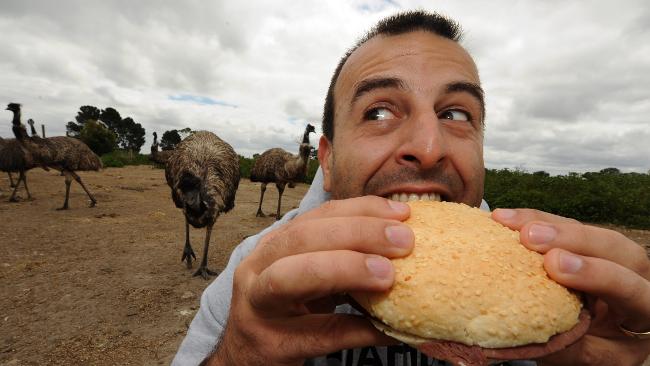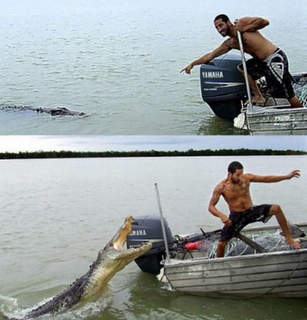Celebration of maslenitsa in Mebourne Australia
Maslenitsa Russian Ма́сленица, Ukrainian Ма́сляниця, Belarusian Ма́сьленіца, also known as Butter Week, Pancake week or Cheesefare Week, is a Russian religious and folk holiday. Maslenitsa has a dual ancestry: pagan and Christian. In Slavic mythology, Maslenitsa is a sun festival, celebrating the imminent end of the winter.
Russian arts festivals and events are popular in Australia. The 150th anniversary of Pushkin's death was commemorated with poetry festivals in 1987 and a range of Russian cultural and social organisations are active in the major cities of Melbourne and Sydney. The Russian Connection provides an independent and comprehensive guide to cultural events and occasions with a Russian flavour in Australia. The organisation promotes Russian cultural activities such as art exhibitions, ballet, classical music, concerts, festivals, children's events, movies, musicals, lectures, opera, and theatre. The Russian Connection is continually expanding with the recent addition of a catalogue of new Russian literature and Russian language movies available from various public libraries.
The Myer shopping chain, still a dominant power in the Australian retail sector, was founded by early Russian speaking Jewish immigrant Sidney Myer in Melbourne, his first store set up as the '
Myer Emporium'. He supported new Russian emigres to Melbourne for as long as he lived.
The 2006 Census revealed Australia had a Russian-born population of 15,354. Most Russian-born residents live in Melbourne (5,407) or Sydney (5,367). A significant portion of Russian-born residents are women (62%), and most (69%) had arrived in Australia no earlier than 1990. Also at the 2006 Census
67,055 Australian residents declared that they had Russian ancestry, either alone or in combination with one other ancestry.
Whereas previously the majority of Russian immigrants were Jews, in recent years Jewish emigration has been less evident. Notable Russian emigrates include boxer
Kostya Tszyu Костя Цзю and pole vault champion
Tatiana Grigorieva Татьяна Григорьева, who won a silver medal in the 2000 Sydney Olympics.
Kostya Tszyu Костя Цзю holds both Russian and Australian citizenship and is a four-time world Junior Welterweight champion, including a period of time as the Undisputed Junior Welterweight Champion.
Sydney's Bondi Beach is a popular area for Russian migrants, with several restaurants and specialist shops catering to their needs. The Australian Russian community is served nationally by Russian language radio broadcasting team at SBS Special Broadcasting Service Government radio station which broadcasts in 58 community languages.
According to Russian Federal State Statistics Service there are about
1200 Russians who left Russia for Australia from 2000 to 2008. Roughly
170 Russians leave Russia for Australia every year, Australian industries and business owners, are hoping that more will arrive, bringing their much needed skills with them.
Australia and Russia are both members of the Asia-Pacific Economic Cooperation forum. The Australian Minister for Trade stated in October 2008 that Australia supports Russia's application to join the World Trade Organization.
Australia–Russia relations date back to 1807, when the Russian warship Neva arrived in Sydney as part of its circumnavigation of the globe. Consular relations between Australia and the Russian Empire were established in 1857. Diplomatic relations between Australia and the Soviet Union were established in 1942, and the first Australian embassy opened in 1943.
Peter the Great was familiar with New Holland through his connections with the Dutch, and the Empire in the 18th century tried several times, unsuccessfully, to reach the Australian continent.
Contacts between Russia and Australia date back to 1803, when Secretary of State for the Colonies Lord Hobart wrote to Governor of New South Wales Philip Gidley King in relation to the first Russian circumnavigation of the globe by Adam Johann von Krusenstern and Yuri Lisyansky. As the Russian and British empires were allies in the war against Napoleon, the Russian warship Neva, with Captain Ludwig von Hagemeister at the helm, was able to sail into Port Jackson on 16 June 1807. Hagemeister and the ship's officers were extended the utmost courtesy by Governor William Bligh, with the Governor inviting the Russians to Government House for dinner and a ball. This was the beginning of personal contacts between Russians and Australians, and Russian ships would continue to visit Australian shores, particularly as a stop on their way to supplying the Empire's North American colonies.
Australia Week in Moscow
Most recently in 2008, Australian-Russian bilateral trade exceeded more than US$1 billion for the first time. Russia imported US$1.029 billion worth of goods and services from Australia in 2008, while its exports to Australia were valued at US$82 million, bringing the total to US$1,111 billion. According to the Russian Federal Customs Service, trade with Australia accounted for 0.2% of all Russian foreign trade in 2008.
In September 2007
President Vladimir Putin became the first encumbent Russian leader to visit Australia for the APEC summit in Sydney. On 7 September 2007, head of Rosatom Sergey Kiriyenko and Australian Minister of Foreign Affairs Alexander Downer, in the presence of Prime Minister John Howard and President Putin, signed the Agreement between the Government of Australia and the Government of the Russian Federation on Cooperation in the Use of Nuclear Energy for Peaceful Purposes.


























































